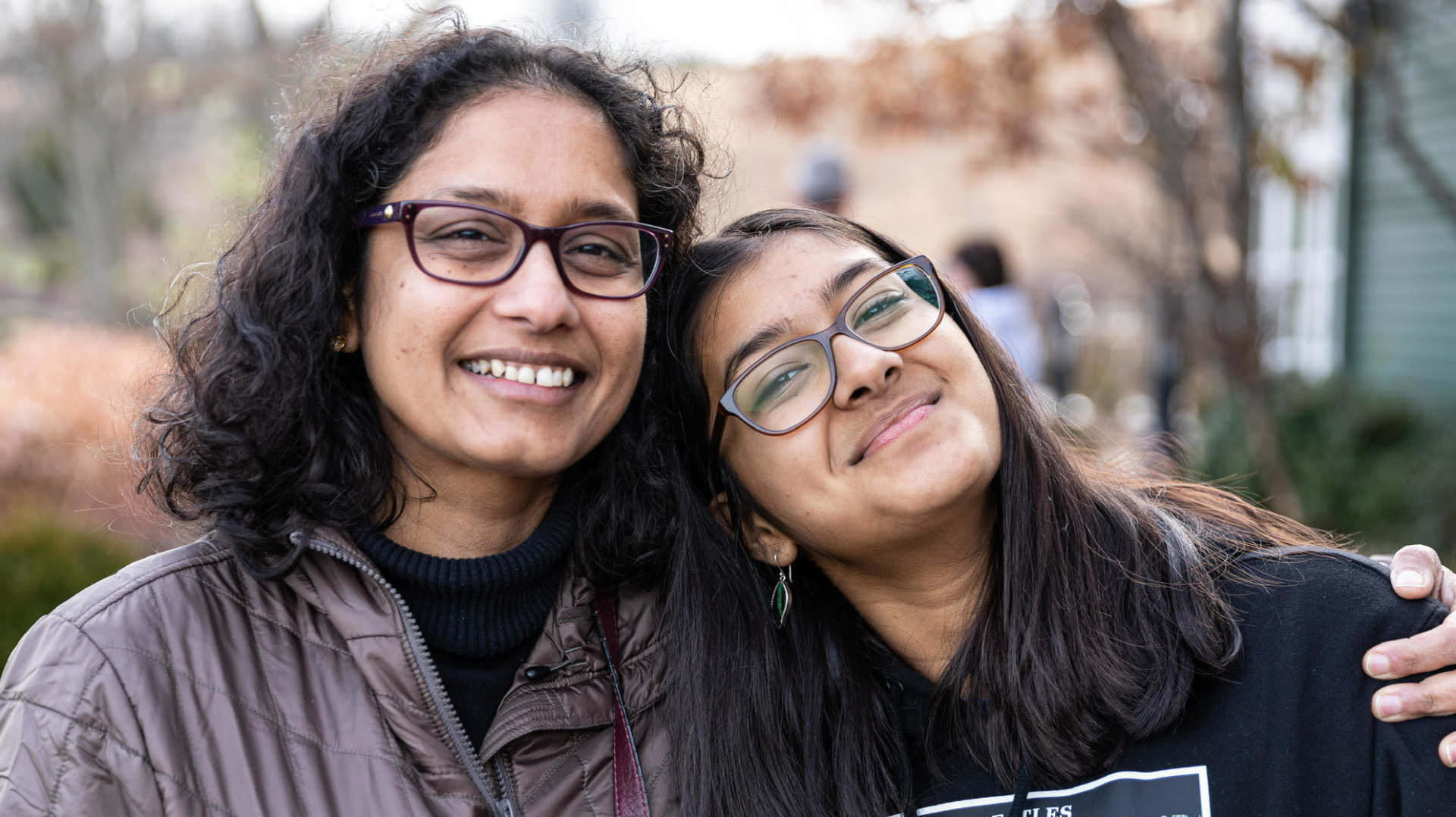Inside Inscripta: Nandini Krishnamurthy, Applications
When we developed the Onyx™ Digital Genome Engineering platform, we decided to offer it first to customers for microbial applications while we worked internally to expand to other areas. Nandini Krishnamurthy, Vice President of Applications Development, has been leading the charge to evaluate the system’s performance for E. coli and S. cerevisiae, the first two microbes that can be engineered with our technology. Nandini grew up in Chennai, India, and earned her PhD in biology from Texas A&M University.
What’s your role at Inscripta?
Fundamentally, the role of applications development is to test how well our technology really enables customer-specific applications and use cases. We are responsible for identifying the landscape of different use cases that customers have in various market segments. Our scientists also ideate on novel ways to use the technology and we test those. Then we present our results in publications, webinars, and posters to share them with the scientific community.
What brought you to the company?
It was the Inscripta vision. I used to work in a plant biotech company, Corteva Agriscience, developing traits in plants using genome editing. This was one gene at a time. When I heard about the Inscripta vision — how you could do this at a massively parallel scale and accelerate biology like never before — the question was whether I should wait to have the technology as a customer or join Inscripta to work directly on the technology. It was an easy choice. I joined the company in early 2019.
How did you get into the genome editing field?
I’m a geneticist with a background in plant biology and computational biology, so creating variation to study biology was familiar to me. CRISPR has been a phenomenal tool for people like me. It’s a game-changing technology that allows biologists to make variations precisely and then study the effects. I got a great opportunity at Corteva to bring together a team to apply genome editing technology to develop plant traits. This proved to be very exciting and I was hooked.
What’s the most exciting thing about moving from genome reading to genome writing?
With observational science, such as transcriptomics, results are always correlated, not causal. The exciting thing about genome writing is that it is an interventional approach that actually perturbs the genome in a very targeted way and helps to establish causal relationship between genotype and phenotype. Inscripta technology helps people scale that approach with precision and high throughput, allowing customers to generate thousands of hypotheses in one quick experiment.
If you could use genome engineering to address any challenge, what would you choose and why?
I’m a plant biologist, and I see fighting diseases in crops as critical for producing better food and feed. If I could do what I’m doing with microbes today and extend it to plants, it would be phenomenal to confer resistance to a number of diseases.
How does automation make a difference in science?
When you can take routine and mundane tasks and compress the process using automation, that gives more time for any scientist to focus on what really matters. Automation has helped us scale, make novel discoveries faster, and accelerate the pace of biology overall. It also helps level the playing field making technologies accessible to non-experts. The Onyx platform is a great example: it helps both experts and non-experts to effortlessly scale microbial genome engineering like never before.
Are you a reader or a writer?
I’m a reader. Sometimes I have two books going at the same time. Right now I’m reading American Nations by Colin Woodard, a fascinating read on US history.
What did you do as a kid that you wish you could do more as an adult?
My best memories as a kid are spending time with my extended family during the long summer break from school. Living away from family, I do miss that as I don’t get to see them as much.
What’s your favorite vacation?
Traveling to a tropical place, like India or Hawaii or places with deep history.

